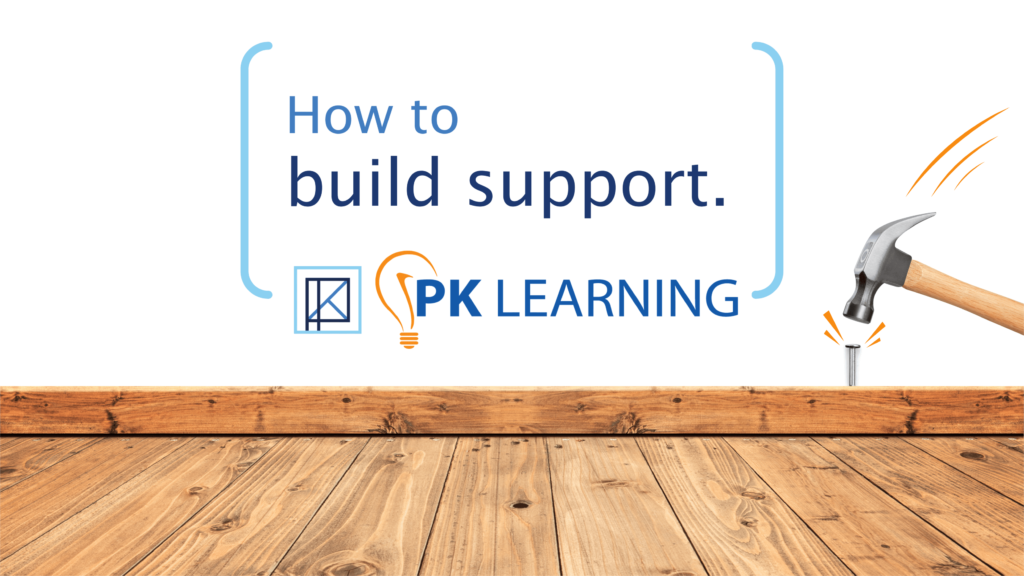Shifting from the “what” to the “why.”
In his book “The Fifth Discipline,” Peter Senge posed the question: How can a group of dedicated managers, each with an IQ above 120, have a combined IQ of only 63? It reminds us of the importance of fostering a shared understanding within organizations through learning. By doing so, we can unlock the collective intelligence of our teams and achieve greater success.
Avoiding a Constant “Putting Out Fires” Mentality
It is important to remember that every team member, whether it is an entire organization or a project team, has their own unique approach to work. These differences can sometimes cause tension or conflict, distracting from essential tasks like problem-solving, innovation, and product and relationship development. It’s best to resolve any disputes quickly. In doing so, the team can focus on the more productive aspects of their work.

The First Steps to Team Alignment
If this is a challenge your organization faces, regardless of its size, Public Knowledge® can assist. Developing a shared understanding through learning helps align members’ knowledge in three primary ways:
- What the group is trying to achieve.
- Why the chosen strategy is the most likely to succeed.
- How each member’s role and responsibility gets it done.
The Key is the “Why”
To maintain a cohesive group with consistent members in today’s workplace, keeping everyone informed about the strategic “why” behind the work is essential. This includes why the work is important, why a particular strategy is likely to succeed, and why each member’s contribution is critical for success. Without this understanding, members may become directionless in their tasks. On the other hand, when everyone aligns with the strategic “why,” they become motivated to take ownership of the project outcomes and collaborate for the best possible result. This clarity empowers them to find the best way to achieve the project goals.
Shifting From the “What” to the “Why”
- The “what”: Team members with diverse abilities and perceptions often pursue different goals.
- The “why”: Team members with diverse abilities and perspectives are united by a common purpose: understanding the importance of the work, the likelihood of success, and their critical contribution to it.
Personalized Learning Strategies
Our learning capabilities can help effectively communicate the “why.” Our clients have the flexibility to choose the delivery mode that best suits their unique situation and needs, whether that be an engaging explainer video, an interactive eLearning module, or in-person or virtual delivery options.